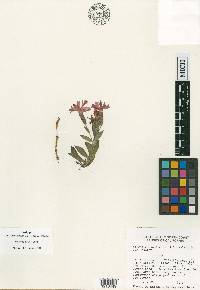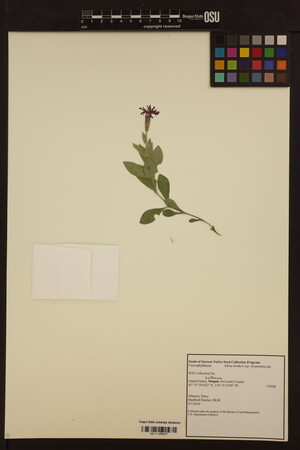Silene hookeri subsp. serpentinicola
|
Silene hookeri subsp. serpentinicola
 (redirected from: Silene serpentinicola T.W. Nelson & J.P. Nelson) (redirected from: Silene serpentinicola T.W. Nelson & J.P. Nelson) |
|
|
Family: Caryophyllaceae
[Silene serpentinicola T.W. Nelson & J.P. Nelson] |
|


